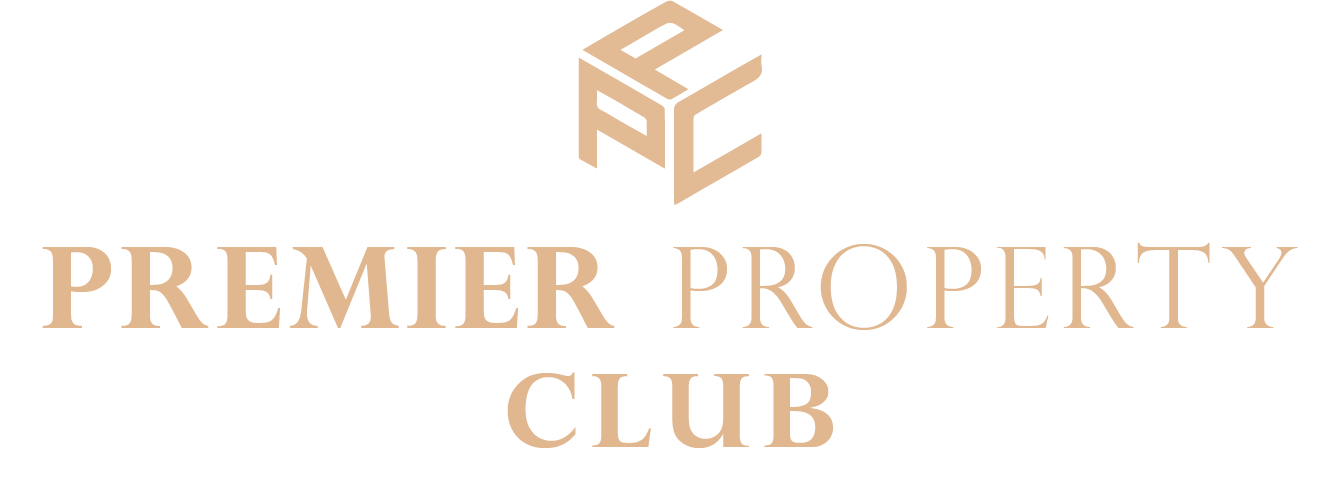Clothoff: AI Photo Undress Free – What You Need to Know
In recent years, artificial intelligence has made significant strides in various fields, including photography and image editing. One of the most intriguing applications of AI in photography is the concept of “AI photo undress free.” This technology allows for the alteration of images in a way that can simulate the effect of removing clothing, all while raising significant ethical questions. In this article, we will explore what Clothoff is, how it works, and the implications of using AI for such purposes.
Understanding Clothoff
Clothoff is an innovative AI-driven platform that enables users to manipulate images in a unique manner. The term “photo undress” refers to the AI’s capability to generate realistic images that simulate undressing. While this technology can be used for artistic and creative purposes, it also poses challenges related to privacy, consent, and ethical standards.
How Does Clothoff Work?
Clothoff utilizes advanced algorithms and machine learning techniques to analyze and recreate images. Here’s a simplified breakdown of the process:
- Image Input: The user uploads a photo they wish to modify.
- AI Analysis: The AI analyzes the image, identifying clothing patterns and body structures.
- Modification: The algorithm generates a new image that simulates the appearance of undressing.
- Output: The final image is rendered and can be saved or shared by the user.
Applications of AI Photo Undress Technology
While Clothoff and similar technologies can be controversial, they also have several legitimate applications:
1. Fashion and Design
Fashion designers can use AI photo undress tools to visualize how clothing looks on different body types without the need for physical try-ons. This can streamline the design process and improve the overall customer experience.
2. Art and Creativity
Artists can explore new forms of expression through AI-generated images. By manipulating clothing and body representations, they can create thought-provoking artworks that challenge societal norms and perceptions.
3. Education and Training
AI photo undress technology can be used in educational settings, particularly in fields like anatomy, where understanding the human form is essential. This can provide students with a unique perspective on human biology.
Ethical Considerations
Despite its potential benefits, the use of AI photo undress technology raises several ethical concerns:
1. Consent and Privacy
One of the most significant issues is the lack of consent. Using someone’s image without their permission for such purposes can lead to severe privacy violations and emotional distress.
2. Misuse and Exploitation
There is a risk that AI-generated images can be misused for malicious purposes, such as creating non-consensual explicit content. This can lead to exploitation and further harm to individuals.
3. Societal Impact
The proliferation of AI-generated imagery can also distort societal perceptions of body image and beauty standards. It is crucial to consider how such technologies influence public opinion and individual self-esteem.
Legal Framework and Regulations
As AI and image manipulation technologies continue to evolve, legal frameworks surrounding their use are also developing. Here are some areas of focus:
1. Copyright Laws
Determining ownership of AI-generated images can be complicated. Who owns the rights to an image that has been altered by an AI? This question is still being debated in legal circles.
2. Privacy Laws
Many countries are developing stricter privacy laws that govern how personal images can be used. Understanding these laws is essential for both users and developers of AI technology.
3. Ethical Guidelines
Organizations and developers are encouraged to establish ethical guidelines that dictate how AI photo undress technologies should be used responsibly. These guidelines can help mitigate the potential negative impacts of such technologies.
Future of AI Photo Undress Technology
As technology continues to advance, the capabilities of AI photo Сlothoff undress tools like Clothoff will likely evolve. Here are some trends to watch for:
1. Improved Accuracy
Future iterations of AI algorithms will likely be able to create even more realistic images, blurring the lines between reality and digital manipulation.
2. Enhanced User Control
Users may soon have more control over the output of AI-generated images, allowing them to customize the results according to their preferences.
3. Greater Focus on Ethics
The ongoing dialogue around ethics will shape the future of AI photo undress technology, with a growing emphasis on consent, privacy, and responsible use.
Conclusion
Clothoff and AI photo undress technologies present exciting opportunities for creativity and innovation. However, it is essential to navigate the ethical and legal implications carefully. As users and developers, we must prioritize consent, privacy, and responsible practices to ensure that these technologies enhance our lives without compromising our values. The future of AI in photography will depend on our ability to strike this balance.
